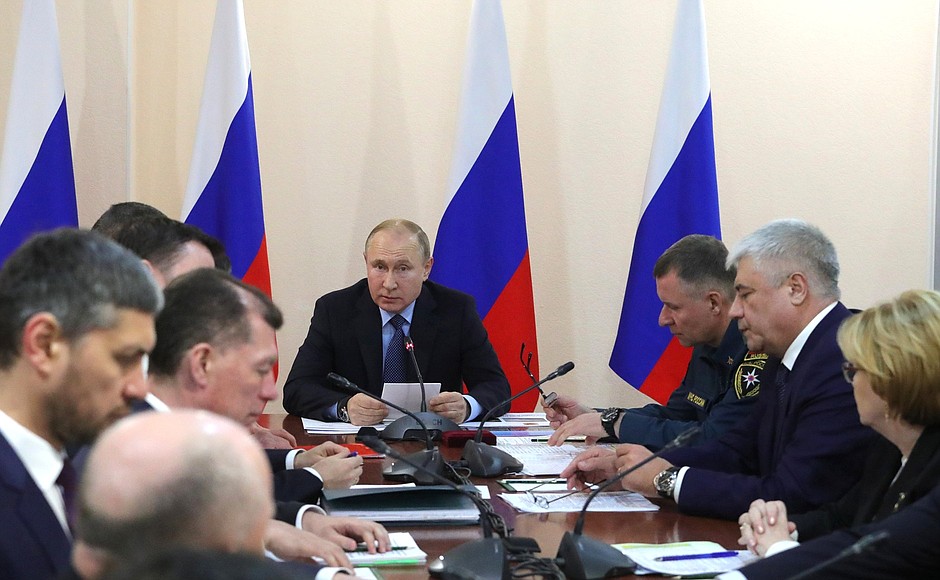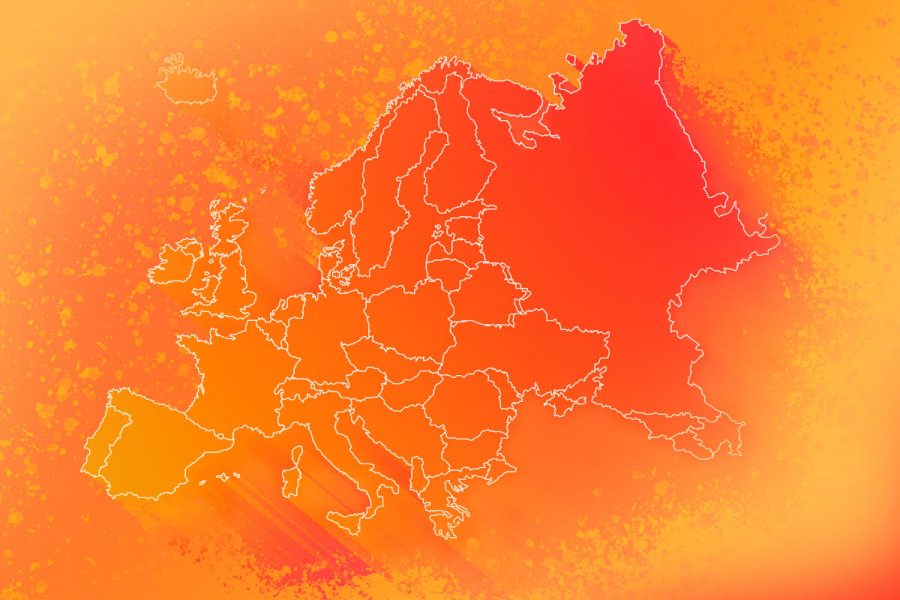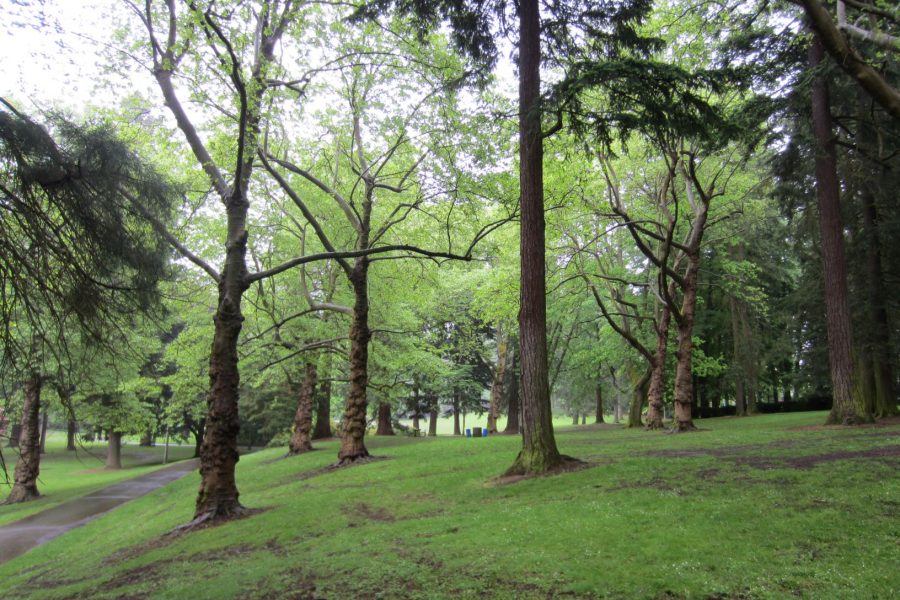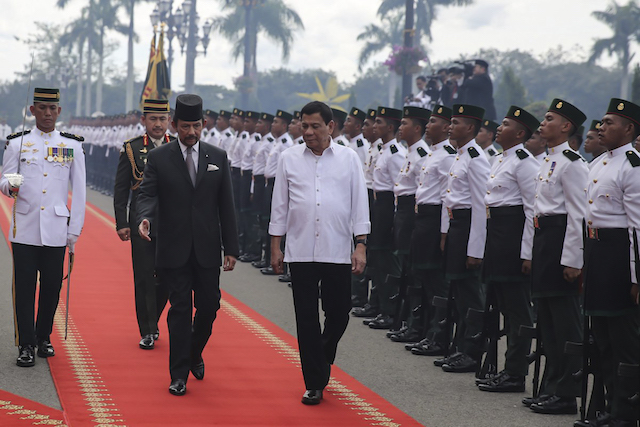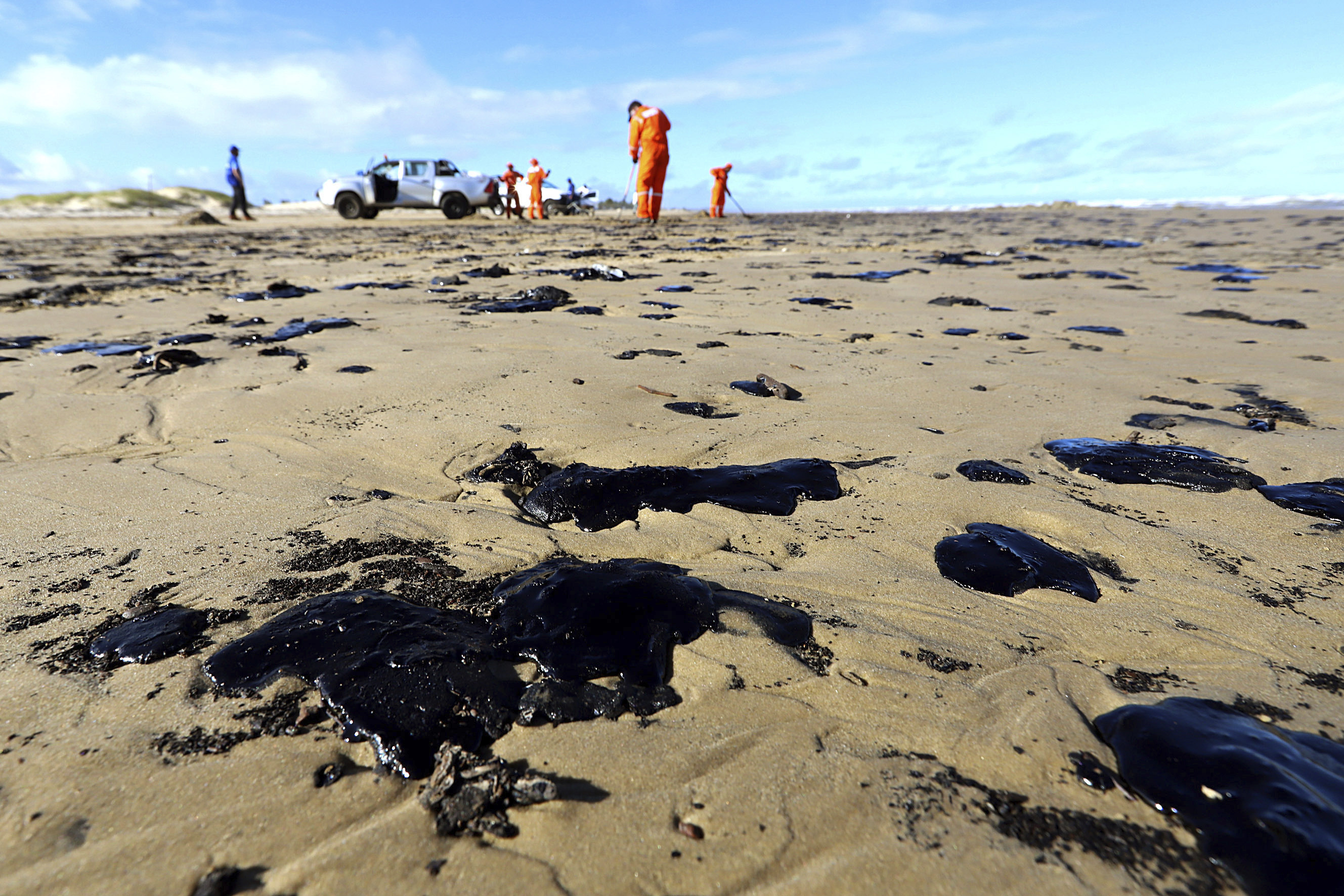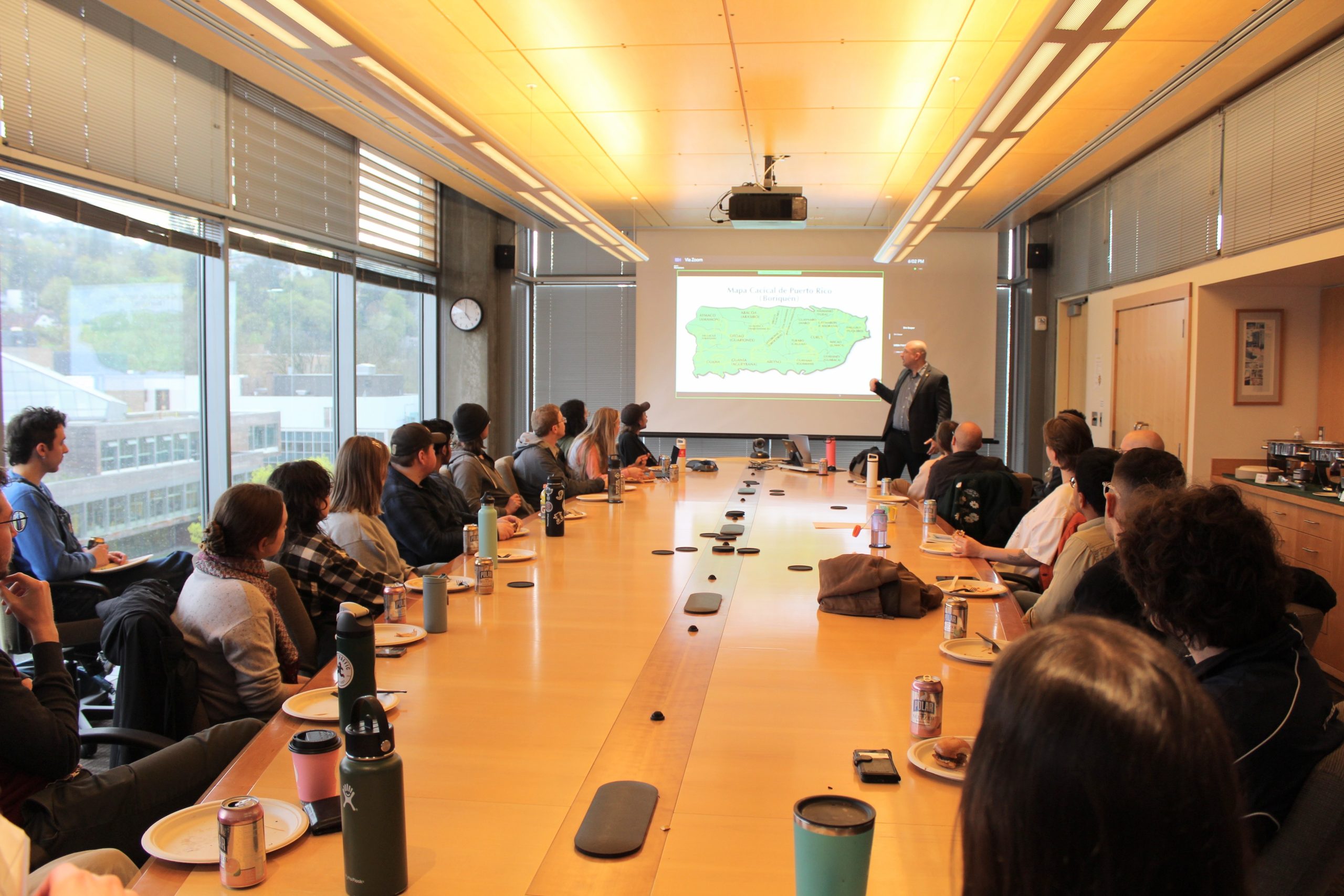Wildfires are spreading through parts of the Arctic, including Siberia, Alaska, Greenland and Canada at “unprecedented levels,” according to wildfire expert Mark Parrington from the Copernicus Atmosphere Monitoring Service.
According to BBC, the increasing number of wildfires affects air quality as well as conditions on the ground. Fires release toxic pollutants and gases into the atmosphere, which can be harmful to people, animals and plants. The smoke from the fires in Russia has now traveled as far as the west coast of Canada and Alaska, according to BBC. Smoke has blocked the sun and made it difficult for people to breathe in several countries, and some governments have declared a state of emergency.
Fires in the northern hemisphere between May and October are not abnormal, yet the location, intensity and length have been more extreme than usual, according to CAMS. The World Meteorological Organization reported 2019 saw Earth’s warmest June on record. With warmer conditions, fires grow more rapidly and can persist longer.
Russia’s Federal Forestry Agency reported over 6.5 million acres of land are currently burning across Siberia and Eastern Russia. Russian President Vladimir Putin has sent the Russian army to help fight the fires in Siberia, and United States President Donald Trump has offered Putin assistance to put the fires out.
According to USA Today, firefighters in Russia have few resources in some parts of the Siberian Arctic. In Siberia, rain is one of the only available resources to extinguish the flames. Hundreds of thousands of people have signed a petition calling for tougher action regarding the fires, claiming what Putin is doing is not enough.
While Russia is one of the regions most affected by the fire season, there are currently 21 fires burning through over 1 million acres of land in Alaska, according to the National Interagency Fire Center. BBC reported the majority of the fires throughout Alaska have been started by lightning strikes. In Canada, a single wildfire in the Northwest Territories has burned at least—if not more—100,000 acres according to the Environment and Natural Resources Ministry.
“The ongoing Arctic fires have been most severe in Alaska and Siberia, where some have been large enough to cover almost 100,000 football pitches, or the whole of Lanzarote,” Parrington stated in a CAMS report. “In Alberta, Canada, one fire is estimated to have been bigger than 300,000 pitches. In Alaska alone, CAMS has registered almost 400 wildfires this year, with new ones igniting every day.”
In addition to affecting air quality, climate scientists claim soot absorbs sunlight and warms the atmosphere. If soot falls on ice or snow, it absorbs heat as soot reduces reflectability.
Fires also contribute to the release of carbon dioxide into the atmosphere. Scientists estimate that fires in July 2019 resulted in the release of about 100 megatons of carbon dioxide, the equivalent of the carbon output of the entirety of Belgium in 2017.
“We haven’t crossed any major irreversible tipping points yet, but for each tenth of a degree that we get close to 1.5 [degrees Celsius], it’s sort of like time’s running out,” meteorologist Eric Holthaus told TIME. “We’re already there in some places where the ice just doesn’t exist in the times and places that it used to. That’s a permanent change effectively to those parts of the Arctic.”
Greenland is one place serious ice sheet changes can be seen every year. The National Post reported the 2019 melting season could set a record for the most melted ice in history. 250 billion tons of ice have already melted this year due to a combination of low snowfall and significant melt run-off, according to The National Post. This is enough water to sustain the world population’s water intake for over 40 years.
“The basic chemistry and the basic physics of how the atmosphere absorbs heat—there’s no path where you can imagine that the Arctic is going to start to cool off again,” Brian Brettchneider from the International Arctic Research Center told TIME. “Cold air has to come from somewhere, cold air doesn’t just magically appear, and that somewhere has to be accounted for in the entire energy balance of the Earth. It would take a dramatic reversal of the chemical composition of the atmosphere.”

